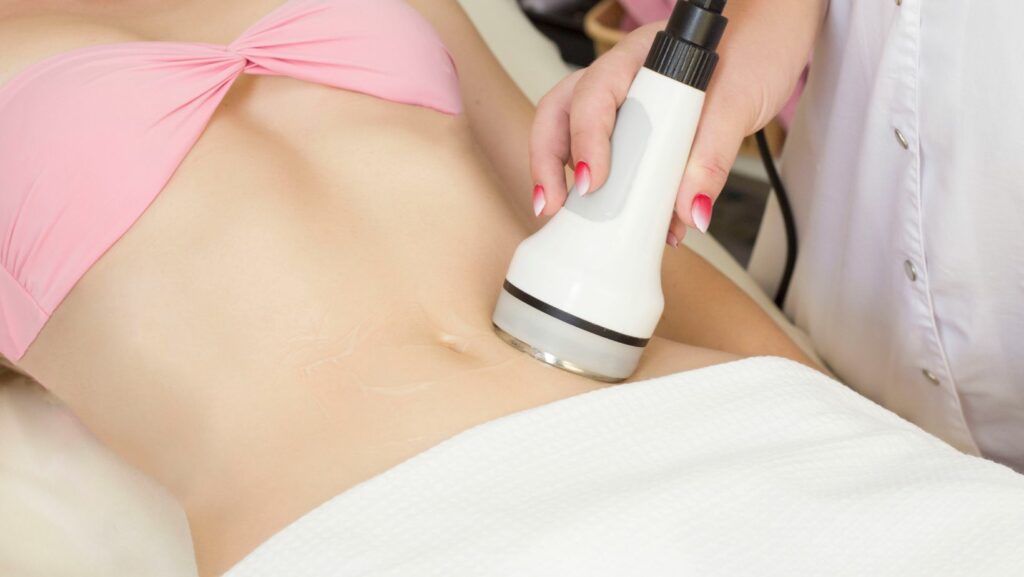Contents
Table of Contents
ToggleThe Treatment That Uses a Vacuum Massage to Treat Cellulite is Called?
The treatment that uses a vacuum massage to treat cellulite is commonly known as vacuum therapy. This non-invasive procedure works by applying suction and massaging the affected areas to improve blood circulation, reduce fluid retention, and break down fat deposits. Vacuum therapy has gained popularity as an effective method for targeting cellulite and promoting smoother skin.
During a vacuum therapy session, a specialized device is used to create suction on the skin, gently pulling it upwards. This action helps to stimulate lymphatic drainage and increase the flow of oxygen and nutrients to the area. By loosening connective tissue and improving collagen production, vacuum therapy can help reduce the appearance of cellulite over time.
Many individuals turn to vacuum therapy as part of their overall body contouring or cellulite reduction routine. It’s important to note that while vacuum therapy may provide temporary improvements in the appearance of cellulite, multiple sessions are often required for optimal results. Additionally, maintaining a healthy lifestyle with regular exercise and a balanced diet can enhance the effectiveness of this treatment approach.
The Science Behind Cellulite Formation
Cellulite is a condition that affects both men and women, characterized by the dimpled or “cottage cheese” appearance on certain areas of the body, such as the thighs, buttocks, and abdomen. It occurs when fat deposits push through connective tissue beneath the skin, causing an uneven surface.
Common Factors That Contribute to Cellulite
While cellulite can affect individuals regardless of their weight or body type, there are several common factors that contribute to its development. These include:
- Genetics: Certain genetic factors may predispose individuals to develop cellulite.
- Lifestyle: Unhealthy habits such as poor diet, lack of exercise, smoking, and excessive alcohol consumption can increase the likelihood of developing cellulite.
- Hormonal changes: Fluctuations in hormone levels during puberty, pregnancy, or menopause can influence collagen production and contribute to cellulite formation.
- Poor circulation: Reduced blood flow can impair collagen synthesis and promote fluid retention within fat cells.
Recognizing The Symptoms of Cellulite
Identifying cellulite is usually straightforward due to its distinctive appearance. Common symptoms include:
- Dimpling or puckering of the skin
- Uneven texture resembling an orange peel or cottage cheese
- Areas of the body with a lumpy or bumpy appearance
Cellulite can vary in severity, ranging from mild to severe. It may also be categorized into different grades based on its visibility and texture.
Understanding the causes and symptoms of cellulite helps us grasp why treatments like vacuum therapy have gained attention as potential solutions. In the next sections, we’ll explore how vacuum therapy works, its benefits, and what to expect during a session.
Remember, it’s always important to consult with a qualified healthcare professional or aesthetician before pursuing any cellulite treatment option. The treatment that uses a vacuum massage to treat cellulite is commonly referred to as “vacuum therapy” or “vacuum-assisted massage.” This innovative technique has gained popularity in recent years due to its potential effectiveness in reducing the appearance of cellulite and improving skin texture. Let me break down how this treatment works.
By applying suction and manipulating the skin, vacuum therapy aims to break up fat deposits beneath the skin’s surface and improve collagen production. It can also help reduce fluid retention and detoxify tissues. As a result, it may lead to smoother-looking skin with diminished dimpling caused by cellulite.
It’s important to note that while many people claim positive results from vacuum massage treatments for cellulite reduction, scientific evidence supporting their long-term efficacy is still limited. Some studies suggest temporary improvements in skin appearance after multiple sessions of vacuum therapy. However, individual results can vary depending on factors such as age, lifestyle habits, severity of cellulite, and overall health.

Is Vacuum Massage Effective in Treating Cellulite?
This is a question that often arises when considering this particular treatment option. While there are claims and anecdotal evidence supporting its effectiveness, it’s important to examine scientific research and studies to get a clearer picture.
Research suggests that vacuum massage can have some positive effects on cellulite reduction. The combination of suction and mechanical manipulation may help improve blood circulation, lymphatic drainage, and collagen production in the targeted areas. By stimulating these processes, it is believed that the appearance of cellulite can be diminished over time.
However, it’s essential to note that individual results may vary. Cellulite is a complex condition influenced by various factors such as genetics, lifestyle choices, and hormone levels. Therefore, while vacuum massage may show promising signs in reducing the appearance of cellulite for some people, it might not yield significant results for others.
In conclusion, Vacuum therapy is an increasingly popular treatment option aimed at reducing cellulite. While it may provide temporary improvements in skin texture and tone for some individuals, its long-term efficacy remains uncertain. Consulting with a healthcare professional is crucial to ensure personalized advice regarding this procedure. Additionally, adopting healthy lifestyle habits can complement any chosen cellulite management approach.

